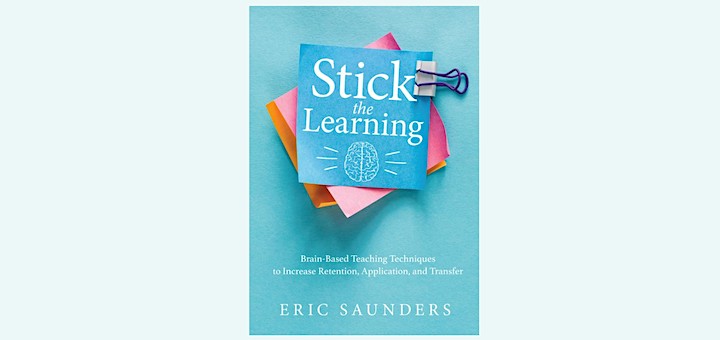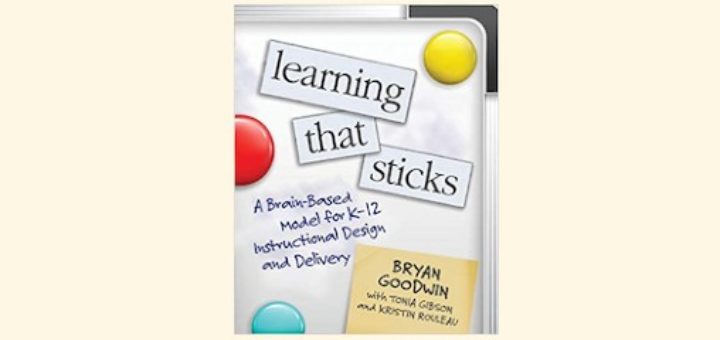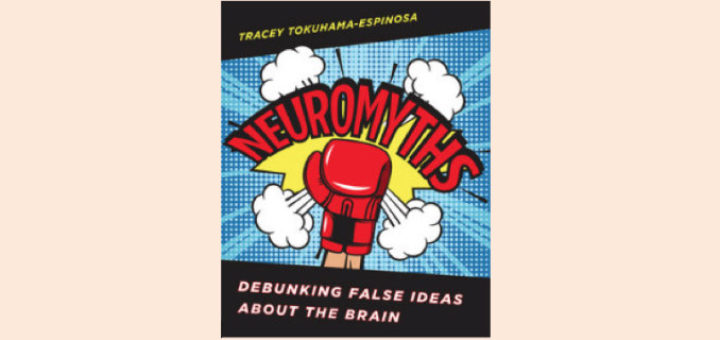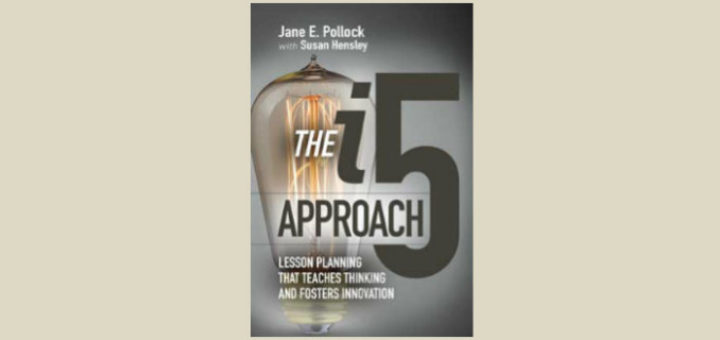Category: Brain-based Teaching
Eric Saunders provides well-researched neuroscience tips on spaced repetition, interleaving, and retrieval that can quickly advance student learning, says NBCT Megan Balduf. Use “Stick the Learning” to craft brain-savvy curricular experiences and scaffold their implementation.
In Learning That Sticks, author Bryan Goodwin and colleagues break student learning down into a 6-phase mental model based on what researchers are learning about the brain and the ways it manages information. It’s worth the read, writes teacher leader Laura Von Staden.
Neuromyths serves as an important reference for teachers who want to sort through competing claims before jumping on the brain-based bandwagon, writes teacher Mary K. Marsh. The book provokes teachers into questioning what really makes an approach neurologically based.
After reading “The i5 Approach” to lesson planning, middle grades teacher Joanne Bell can see that better thinking skills not only lead to a deeper understanding of big concepts, they can spark fresh innovations. Bell welcomes the integration of 21st century skills.
Responsive Classroom’s 50 brain breaks give kids a chance to rest their brains by redirecting their minds. Some are calming, some are energizing, and all help students refocus & release stress. Quick, easy and student approved, says teacher Linda Biondi.
Using a model based on three decades of research into the operations of the human mind, Robert and Jana S. Marzano help teachers understand how and why they and their students react in specific situations. It’s well worth the challenging read, says Ashley Pursley.
The Motivated Brain by Gayle Gregory and Martha Kaufeldt provides educators a better understanding of the brain and offers suggestions for implementing strategies to improve attention, engagement, and perseverance, says education consultant Anne Anderson.
The 3rd edition of Marcia Tate’s “Worksheets Don’t Grow Dendrites” continues to be a research based, easy to read book that is guaranteed to provide you with strategies that engage your students and their brains. Reviewer Linda Biondi offers some choice examples.
Using “‘brain breaks” in class has helped students stay fresh, says reviewer Linda Biondi. Using the strategies recommended in Energizing Brain Breaks gets students moving, laughing, & challenging themselves.
Reviewer Diane Horban says Judy Willis succeeds in intertwining brain research with practical lesson ideas to ignite the thinking power of 10 to 14-year olds in her book, Inspiring Middle School Minds: Gifted, Creative & Challenging.





















